Speaking to the press on the morning of October 14, Ms. Kyoung Hee Kang, Country Director of Korean Air in Vietnam, said that in the first 6 months of 2025, the airline transported more than 374,000 passengers between Vietnam and Korea, an increase of 4% over the same period last year. Currently, Korean Air operates five destinations in Vietnam including Ho Chi Minh City, Hanoi , Da Nang, Cam Ranh and Phu Quoc, the highest in the entire Southeast Asian network.
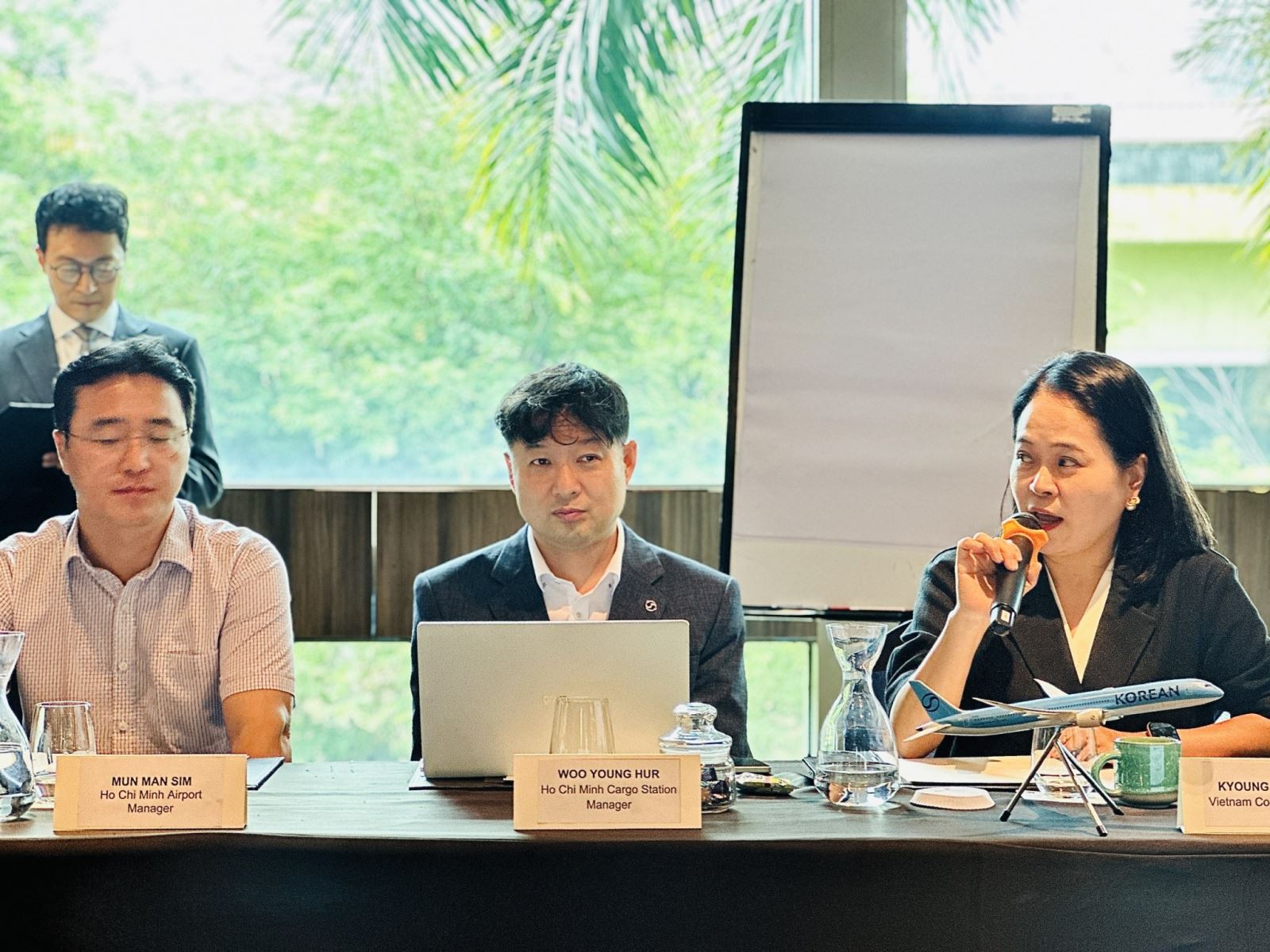
This route system helps Vietnamese passengers conveniently connect with Incheon International Airport, a major transit hub in Korea, to fly to global destinations, including 15 points in the US and 2 points in Canada through a joint venture between Korean Air and Delta Air Lines.
In addition to focusing on passengers, Korean Air is also promoting cargo transportation and expanding cooperation with Vietnam Airlines in areas such as mechanical maintenance (MRO) and aviation logistics. The Long Thanh International Airport, expected to be operational from 2026, is expected to open up great opportunities for Korean airlines to increase their presence in Vietnam, improve transportation capacity and expand trans- Pacific routes.
In terms of cargo, Vietnam is currently one of Korean Air’s most dynamic markets. Hanoi alone is the airline’s largest cargo hub in Southeast Asia with 11 flights per week, reaching an output of about 50,000 tons/year.
In Ho Chi Minh City, the airline operates three dedicated flights and 21 combined passenger and cargo flights per week, with a total capacity of more than 16,000 tons/year. Main export items include electronic components, auto parts, mobile phones, fashion , e-commerce, fresh agricultural and aquatic products, transported to Osaka, Los Angeles, Chicago, Tokyo, Tianjin, Shanghai and San Francisco.

To improve service quality, Korean Air is investing heavily in passenger experience and transit infrastructure. At Incheon Airport, the airline is expanding its luxury lounge area with a high-end food court, a wellness area, a relaxation space, and two lounges, Prestige Garden East and Prestige Garden West, scheduled for completion in 2026.
In addition, Korean Air also invests in developing new generation aviation technology, including unmanned aerial vehicles (UAVs), aviation component manufacturing and maintenance services, aiming to expand into the aerospace sector in the near future.
On December 12, 2024, Korean Air completed the purchase of a 63.88% stake in Asiana Airlines (a deal worth approximately $1.3 billion / approximately 1.5 trillion won), making Asiana a subsidiary. Asiana is scheduled to operate as a subsidiary until January 1, 2027, when the Asiana brand will be officially integrated into the Korean Air network. To meet competition requirements from the European Union, Korean Air transferred some overlapping European routes to T'way Air, and Asiana sold its cargo business to Air Incheon as part of the approval conditions.
In addition, other Korean airlines such as T'way Air, Air Seoul, Jeju Air and Jin Air are also increasing their operations in Vietnam, opening new routes such as Daegu - Hanoi or Busan - Ho Chi Minh City to meet the booming demand for tourism and trade.
According to tourism statistics, South Korea is currently the second largest international tourist market of Vietnam with more than 3.2 million visitors in the first 9 months of 2025, accounting for nearly 21% of the total number of international visitors. South Korea is also the largest FDI investor in Vietnam, especially in the fields of manufacturing, technology and logistics, which have high demand for air transport.
A representative of Korean Air said that Vietnam is not only a potential market but also an important connection center in the airline's development strategy in Southeast Asia. According to Ms. Kyoung Hee Kang, Vietnam has become the airline's largest and most important market in Southeast Asia, and the airline will continue to accompany the development of Vietnam as a regional aviation and trade center.
With the advantage of expanding aviation infrastructure, a vibrant market and the growing presence of Korean airlines, Vietnam is affirming its position as a key destination in the regional aviation growth map. The systematic investment from major airlines not only promotes bilateral tourism and trade but also contributes to making Vietnam one of the most dynamic aviation hubs in Asia in the coming years.
Source: https://baotintuc.vn/kinh-te/viet-nam-tro-thanh-thi-truong-trong-diem-cua-cac-hang-hang-khong-han-quoc-20251014130446155.htm







![[Photo] Dan Mountain Ginseng, a precious gift from nature to Kinh Bac land](/_next/image?url=https%3A%2F%2Fvphoto.vietnam.vn%2Fthumb%2F1200x675%2Fvietnam%2Fresource%2FIMAGE%2F2025%2F11%2F30%2F1764493588163_ndo_br_anh-longform-jpg.webp&w=3840&q=75)
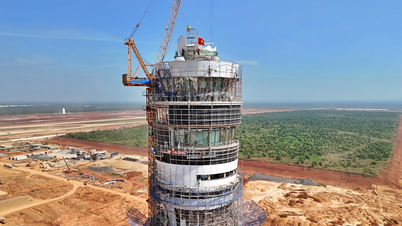


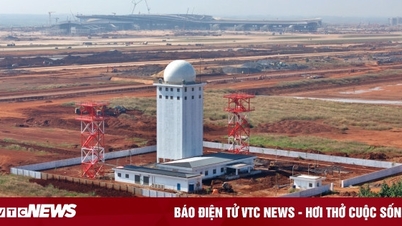
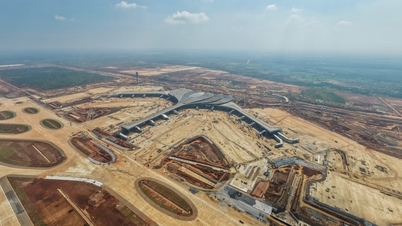

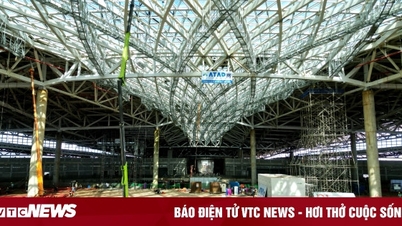
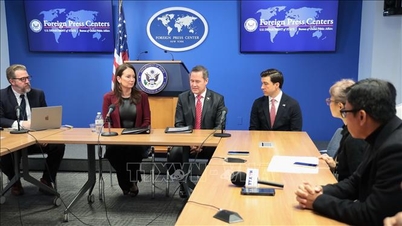
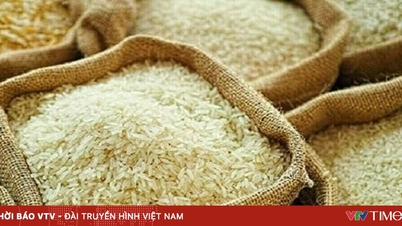





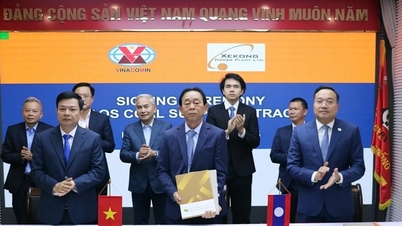









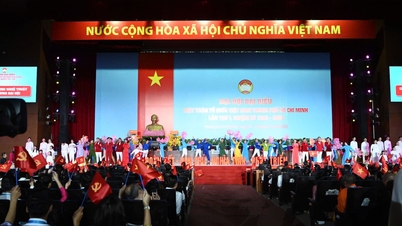
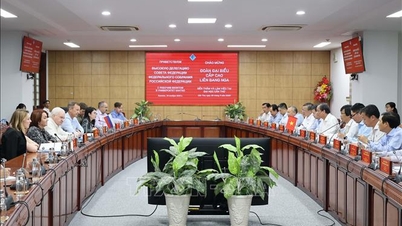

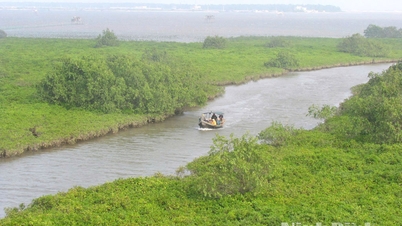

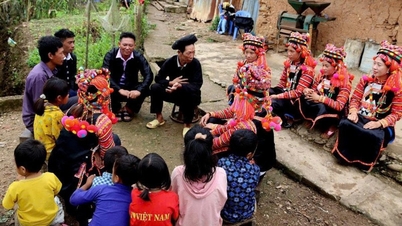

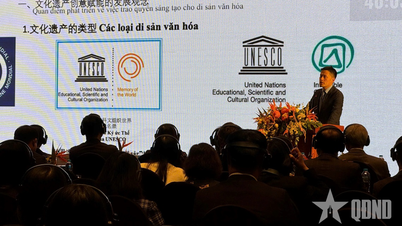

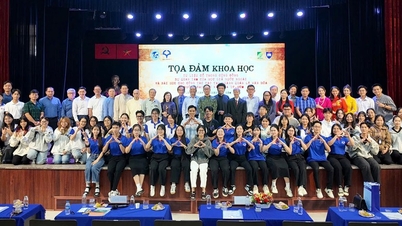









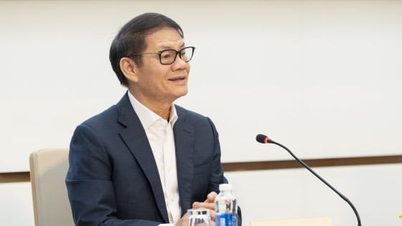

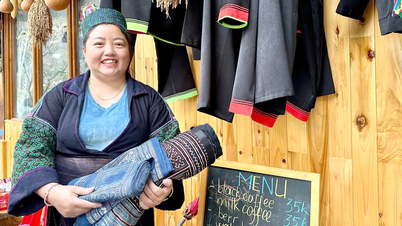


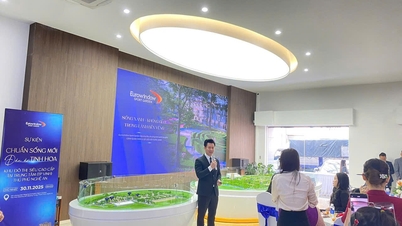














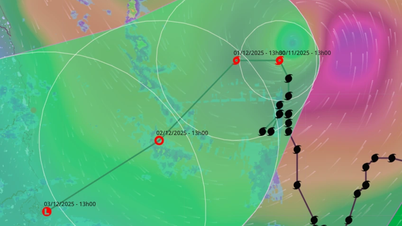






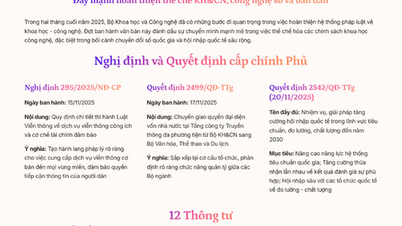

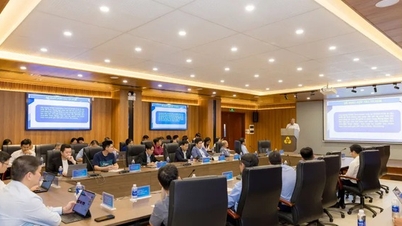
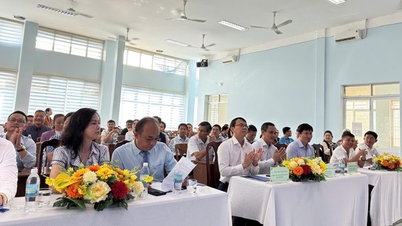
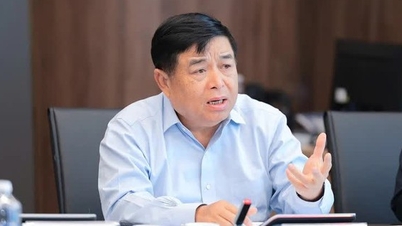
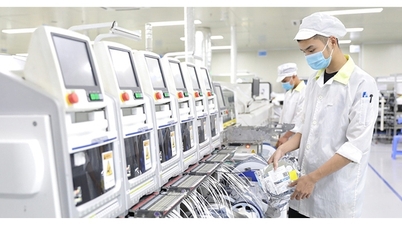

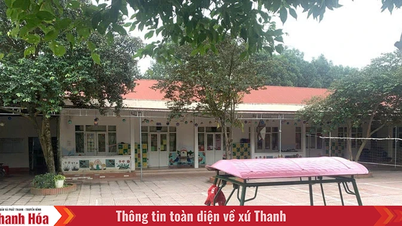

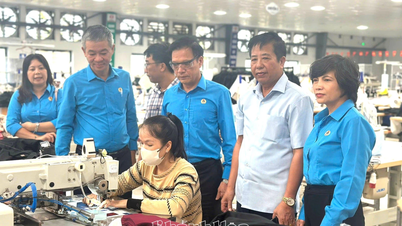

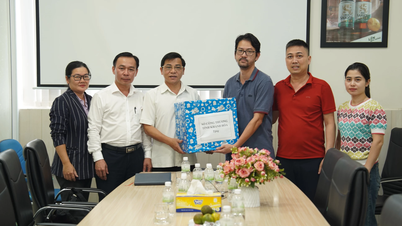
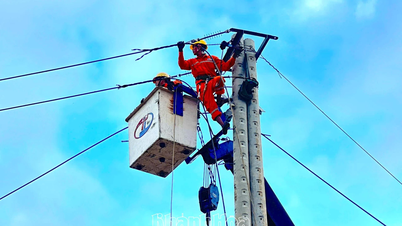
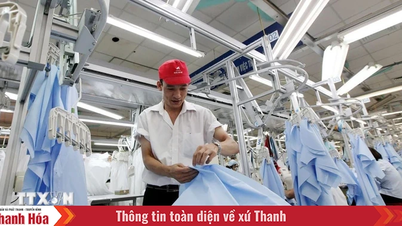












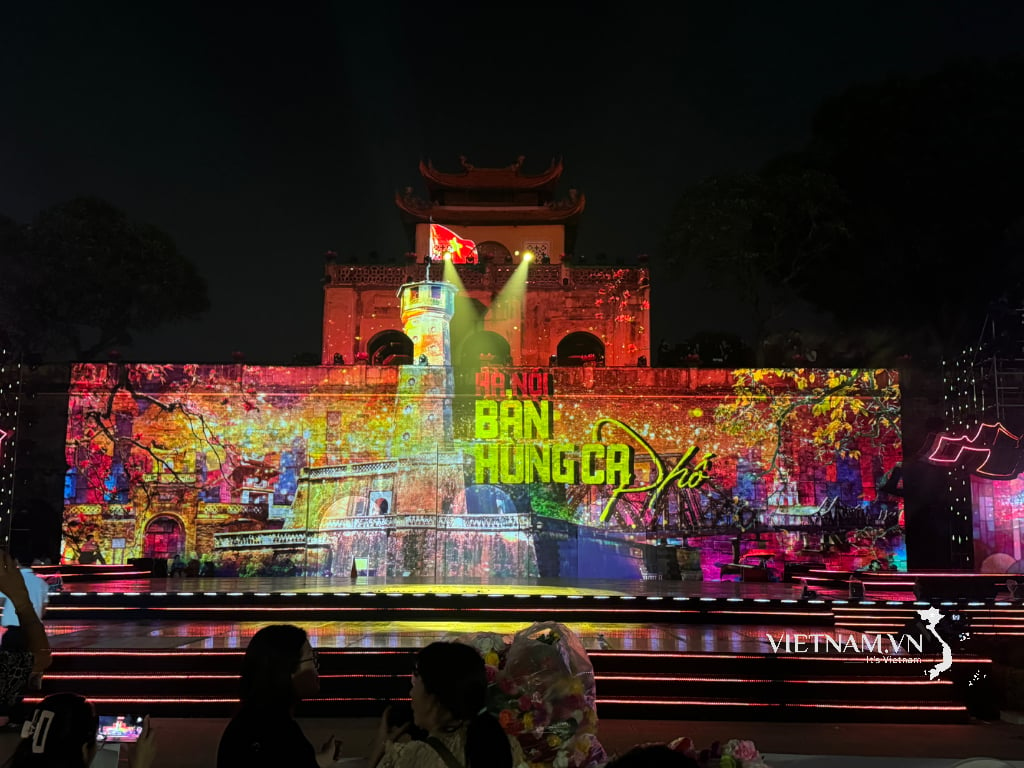

Comment (0)